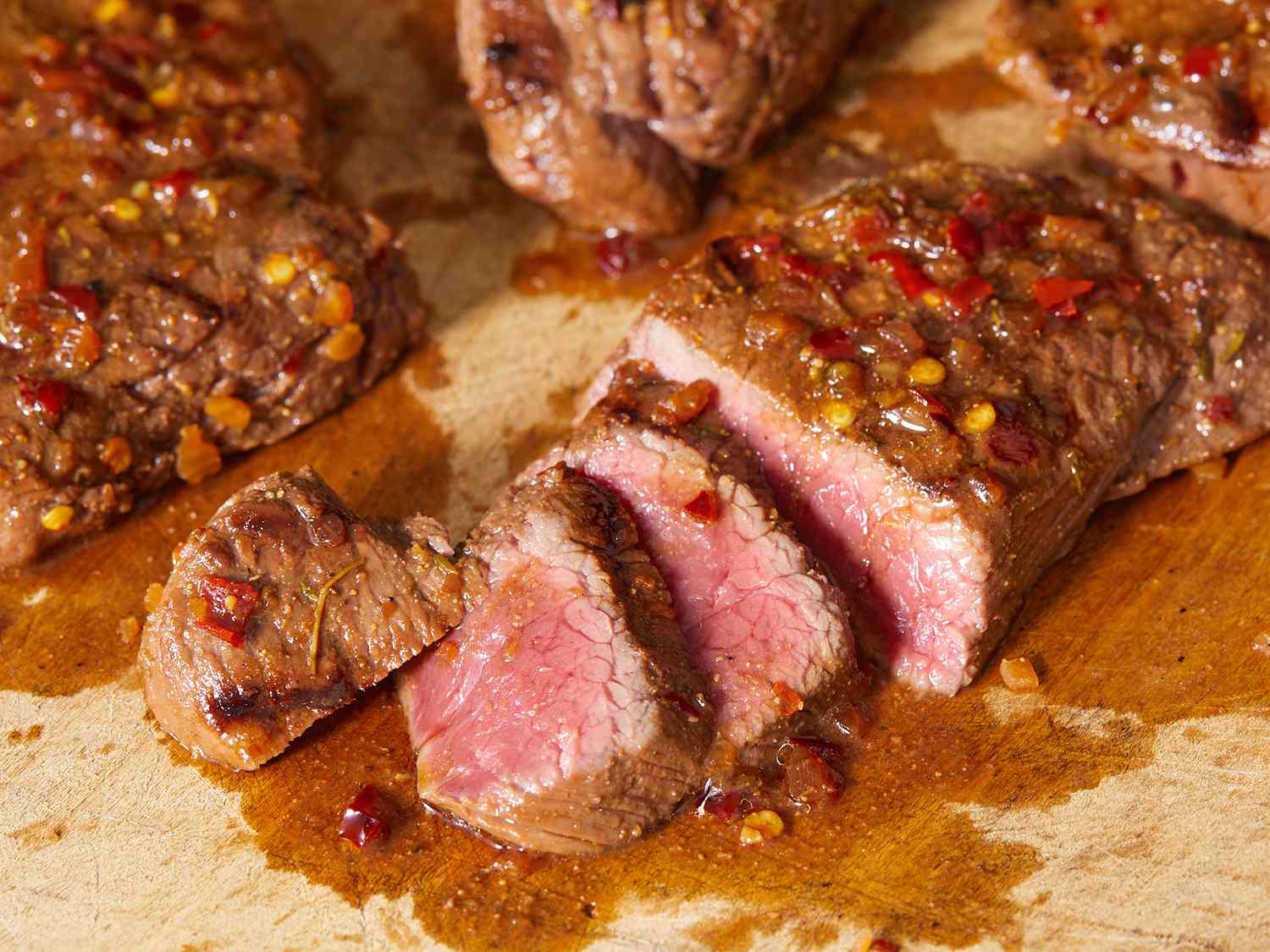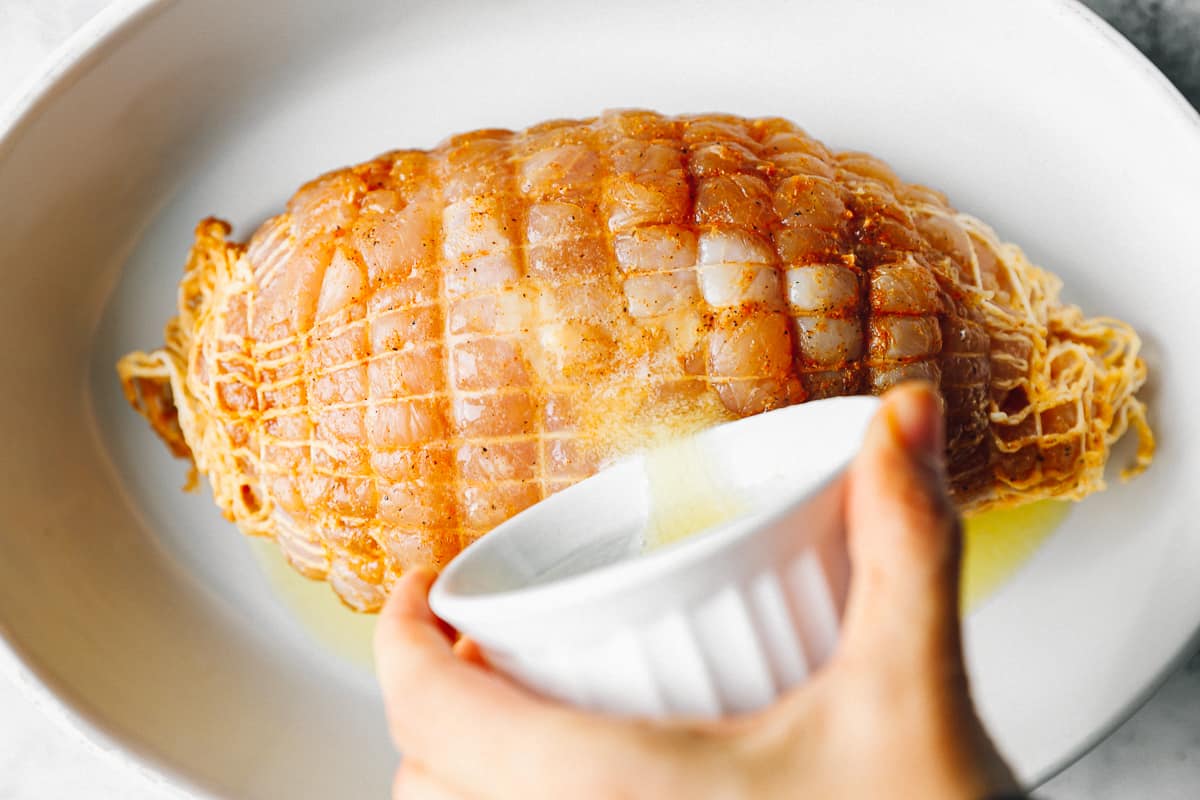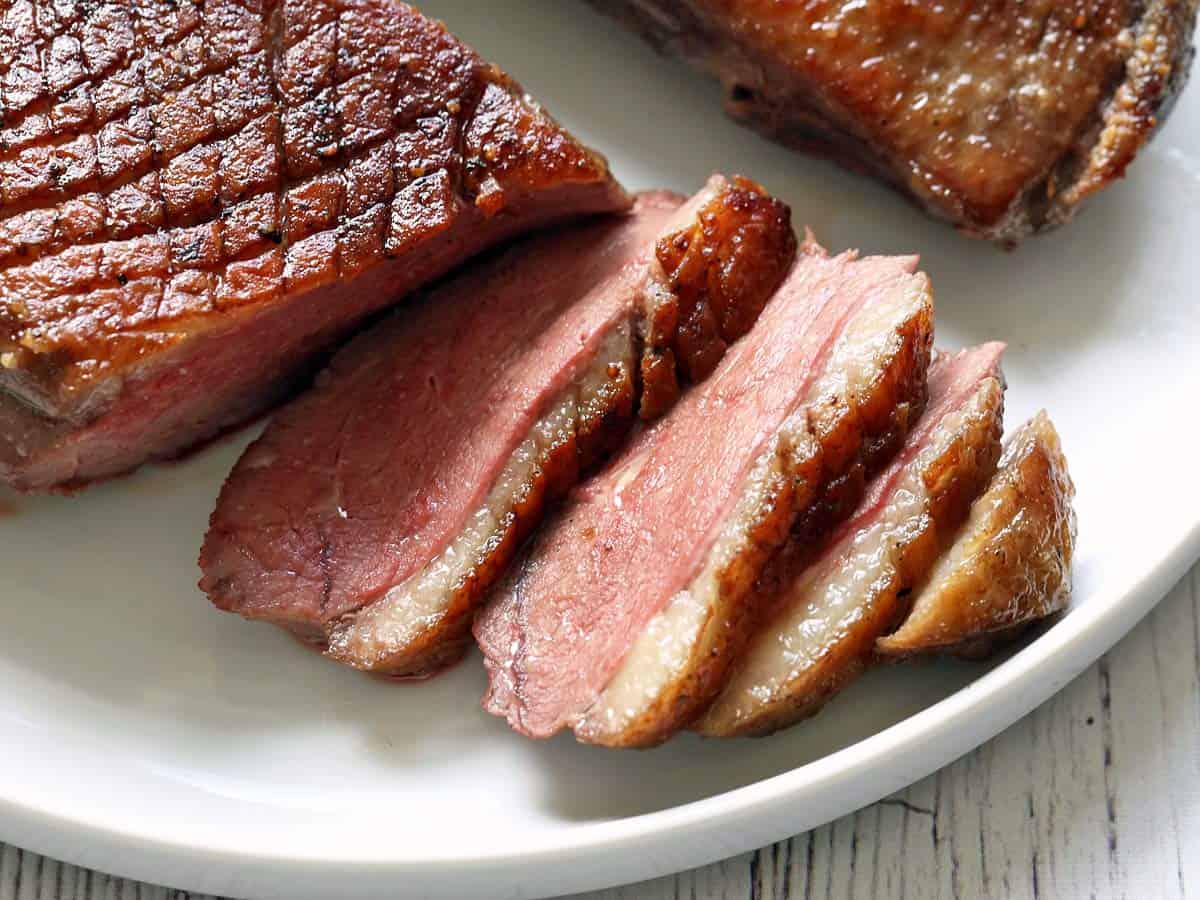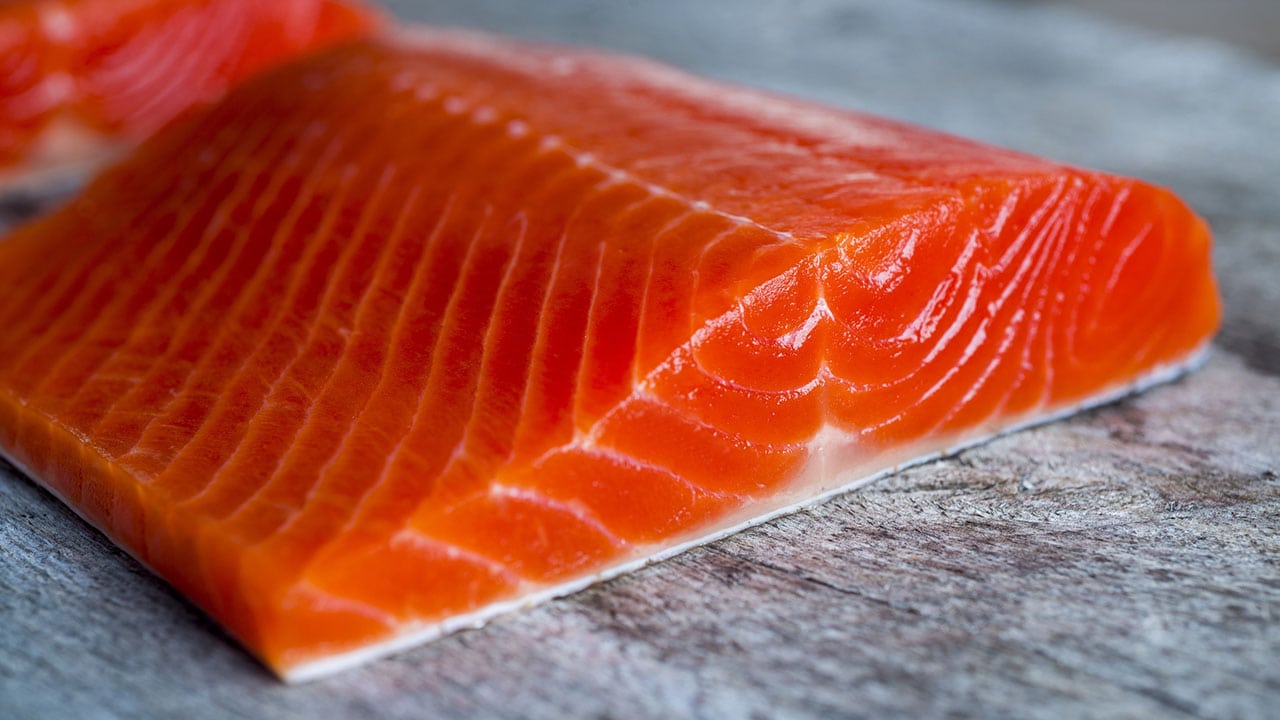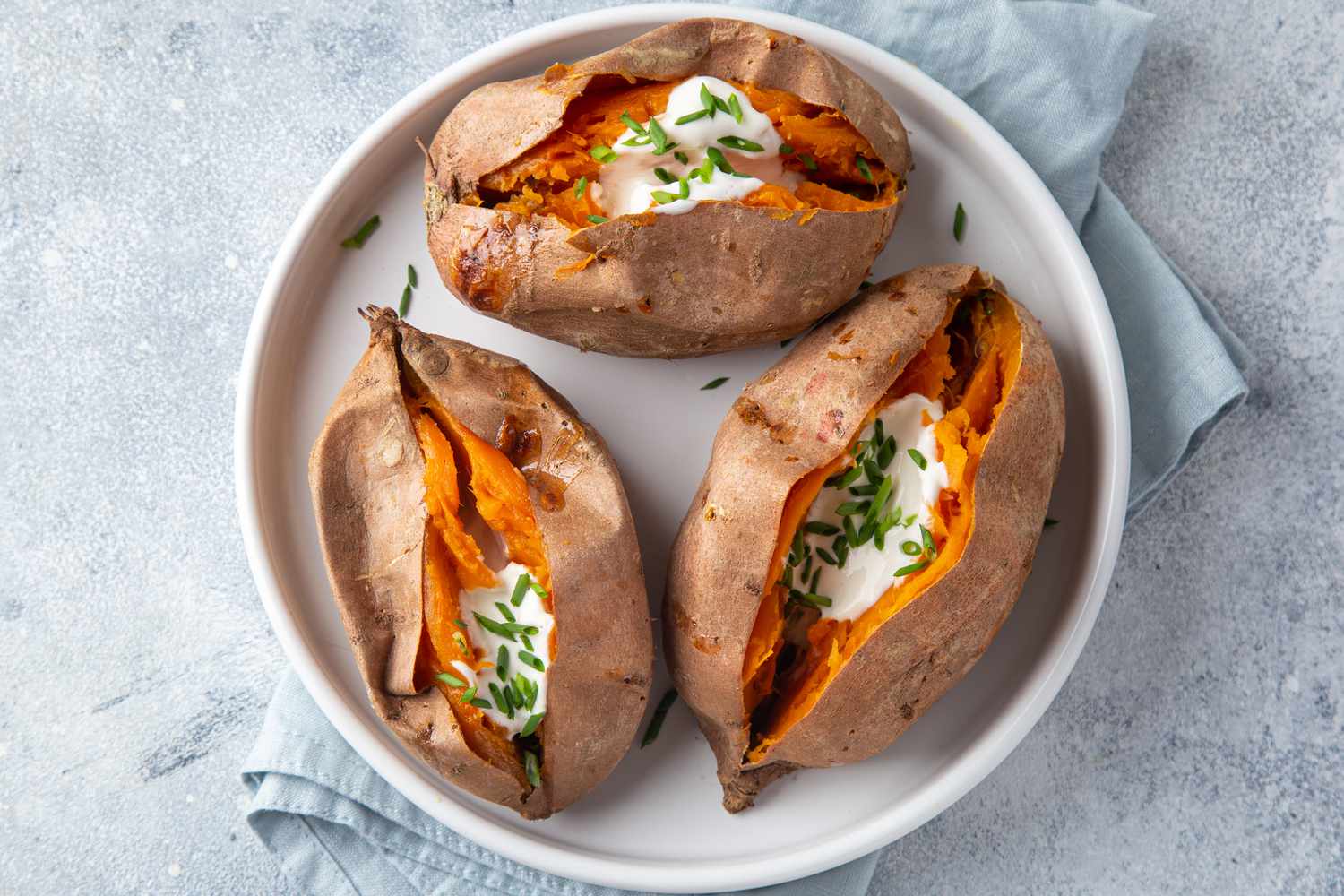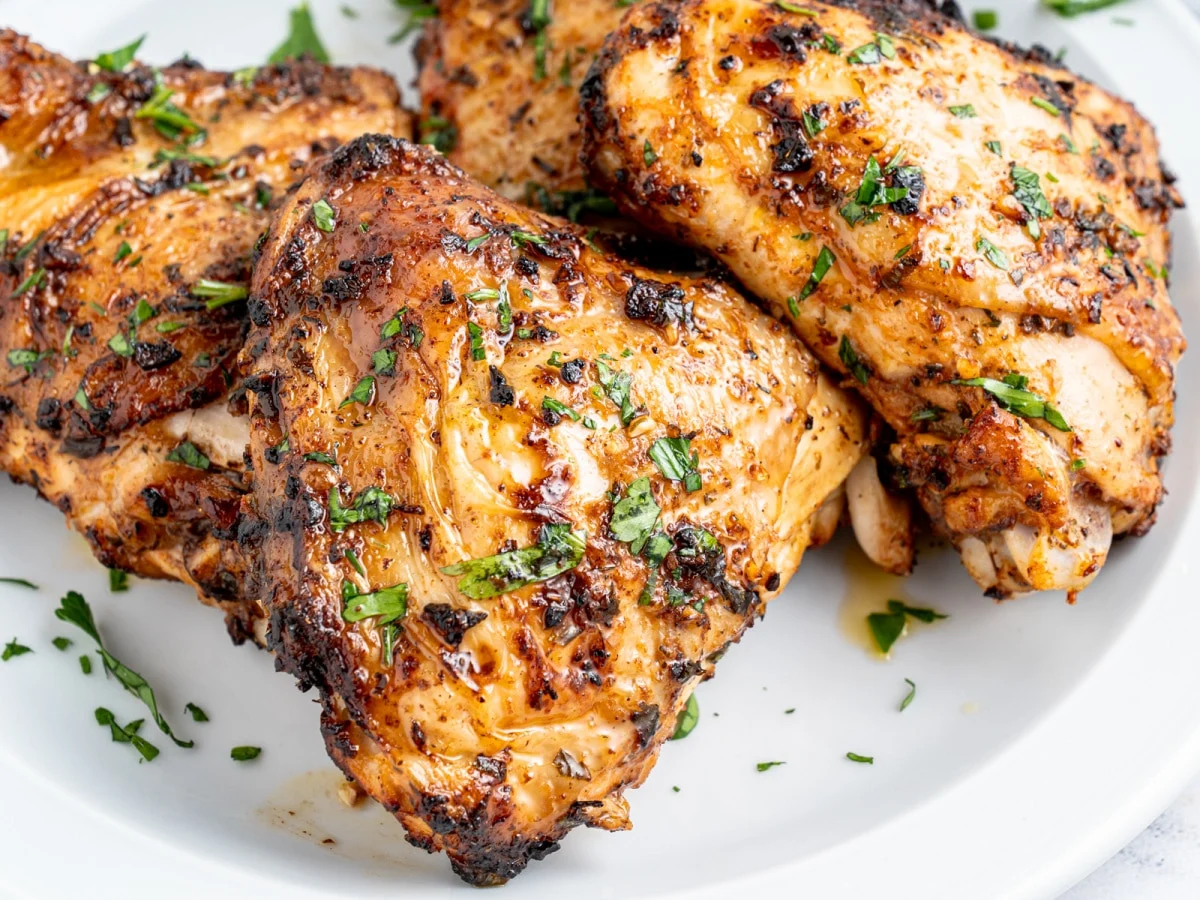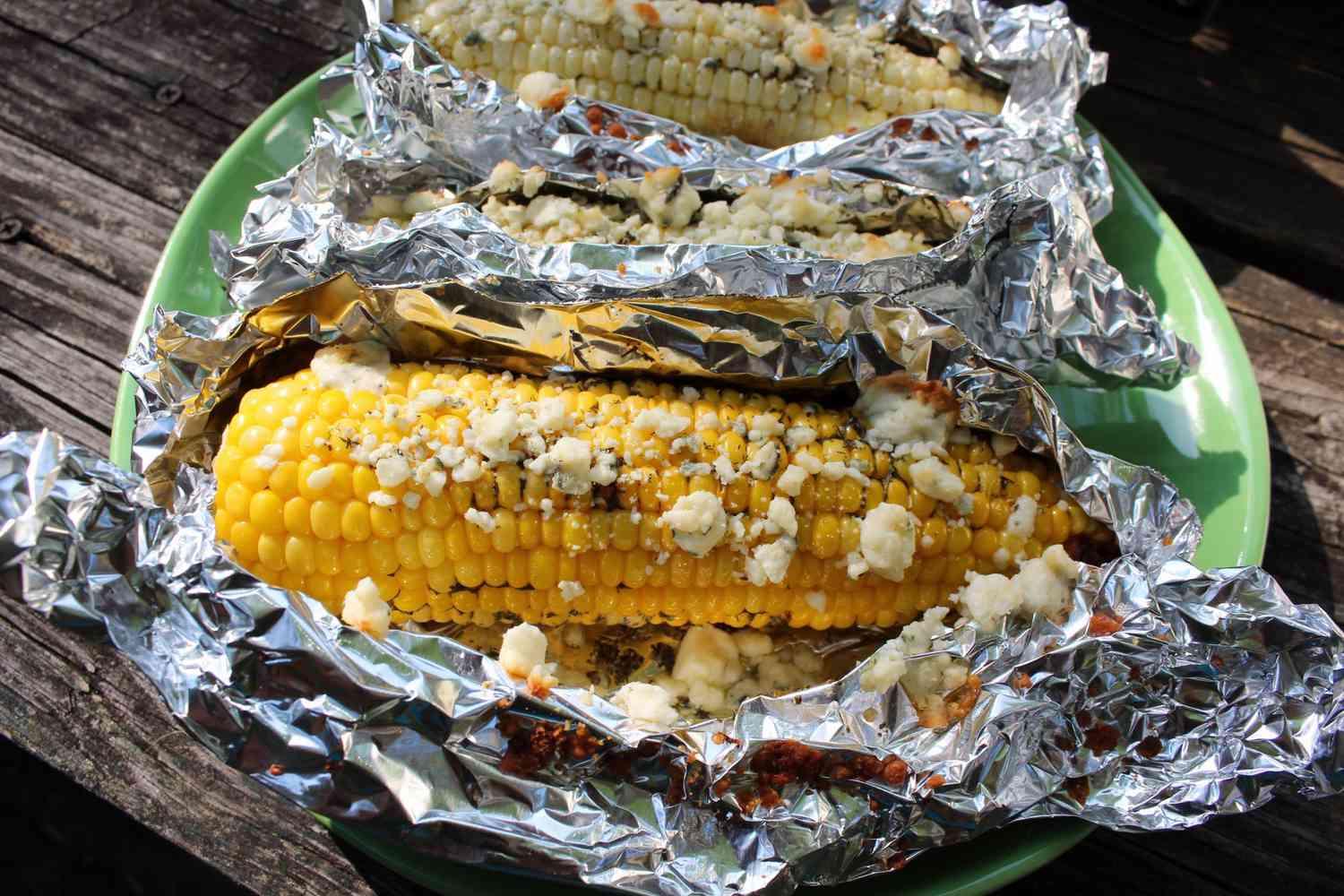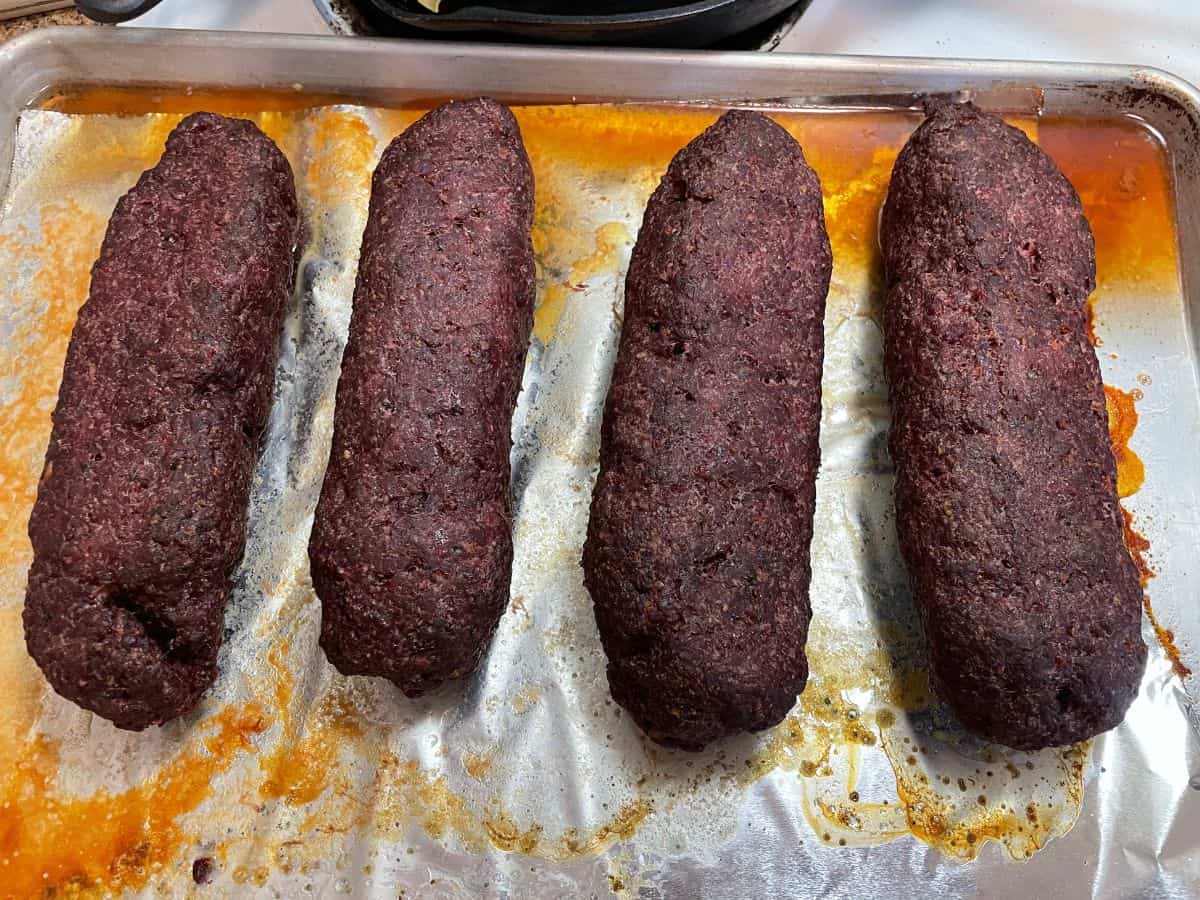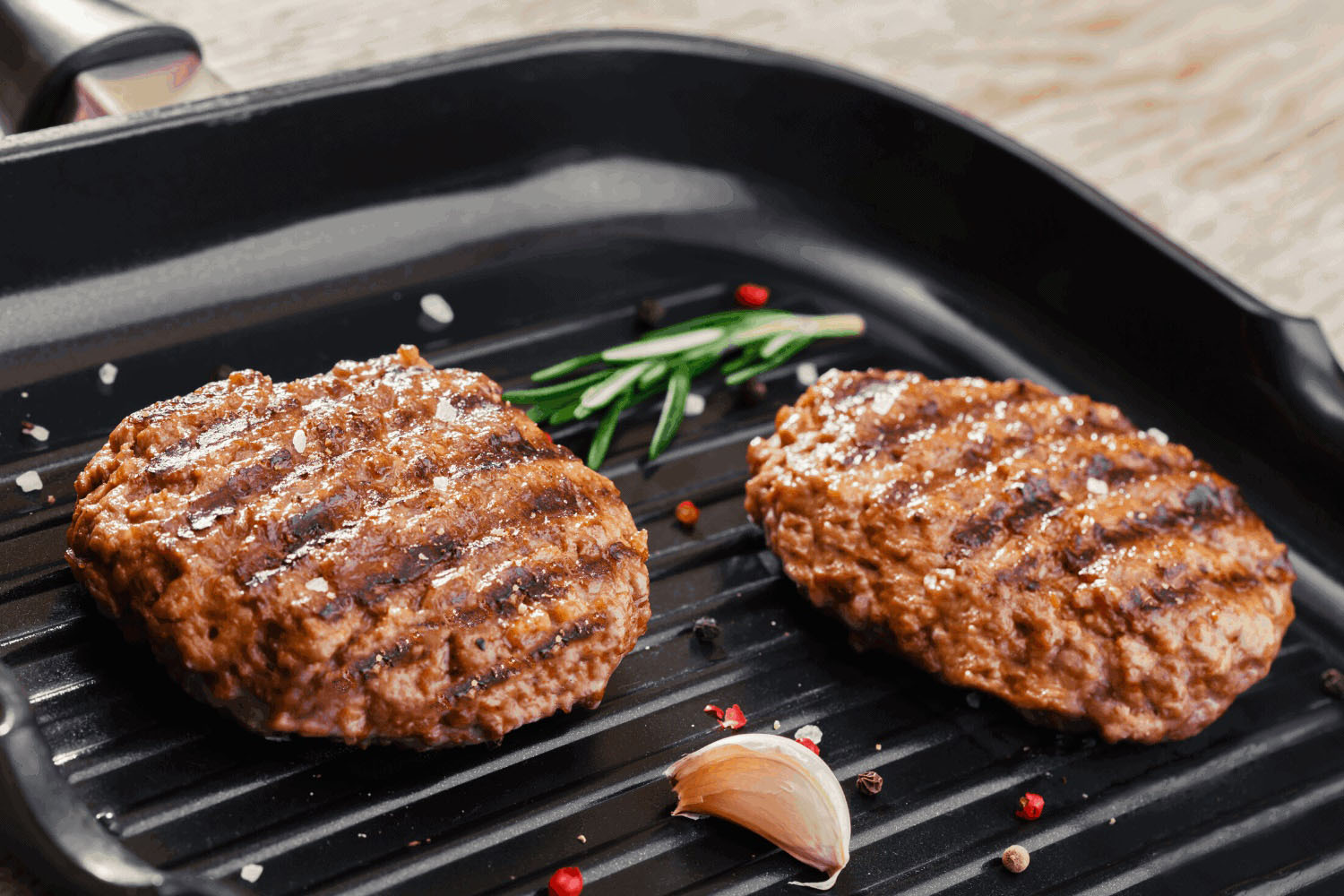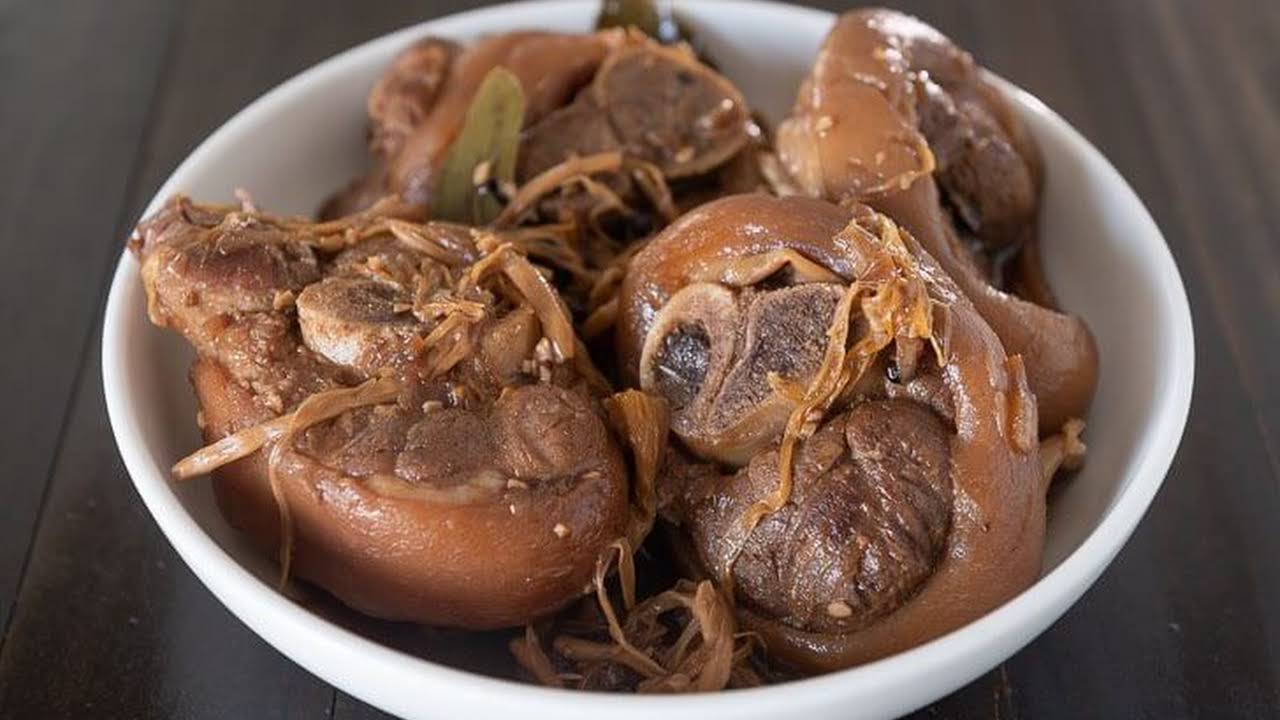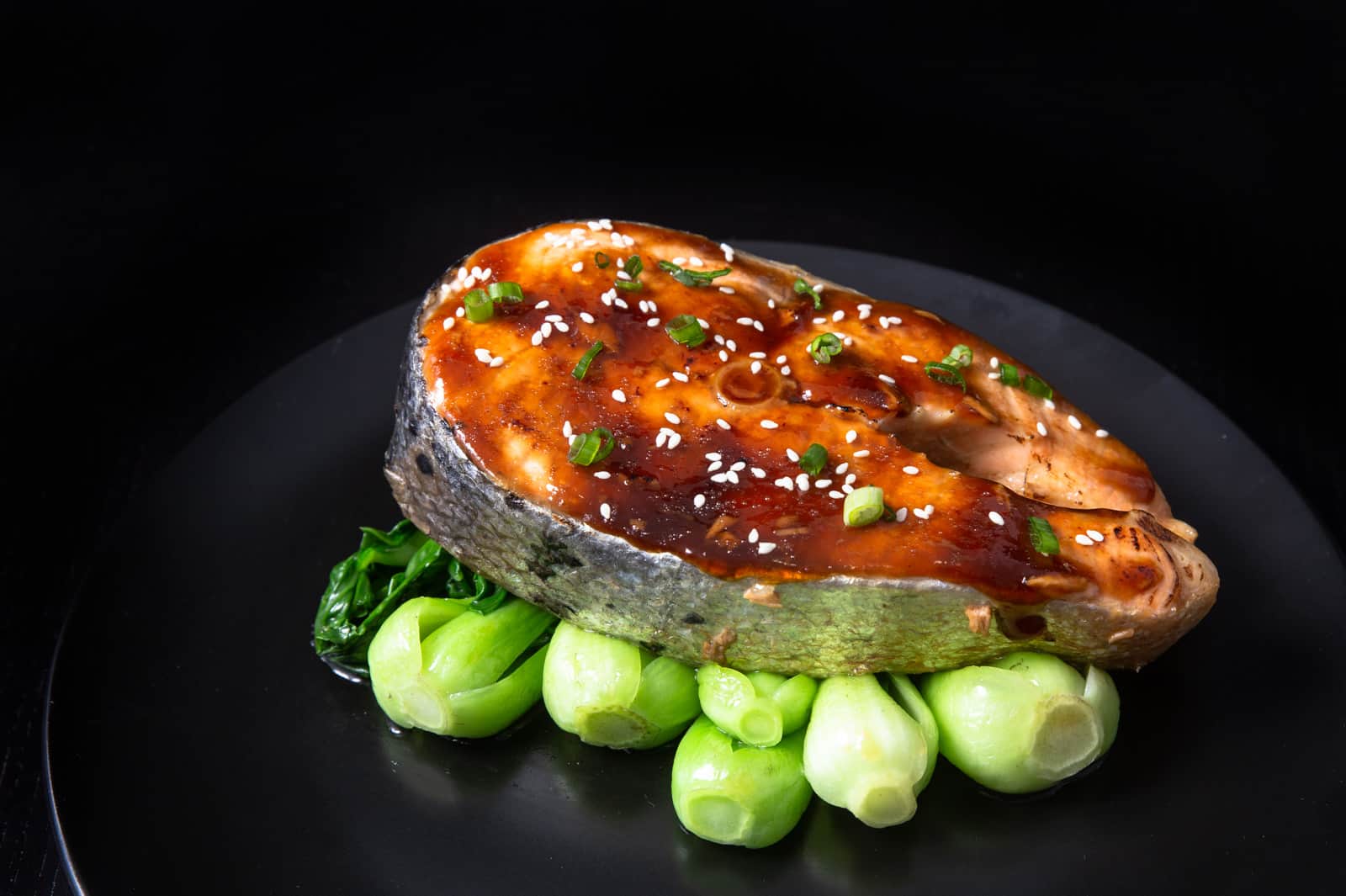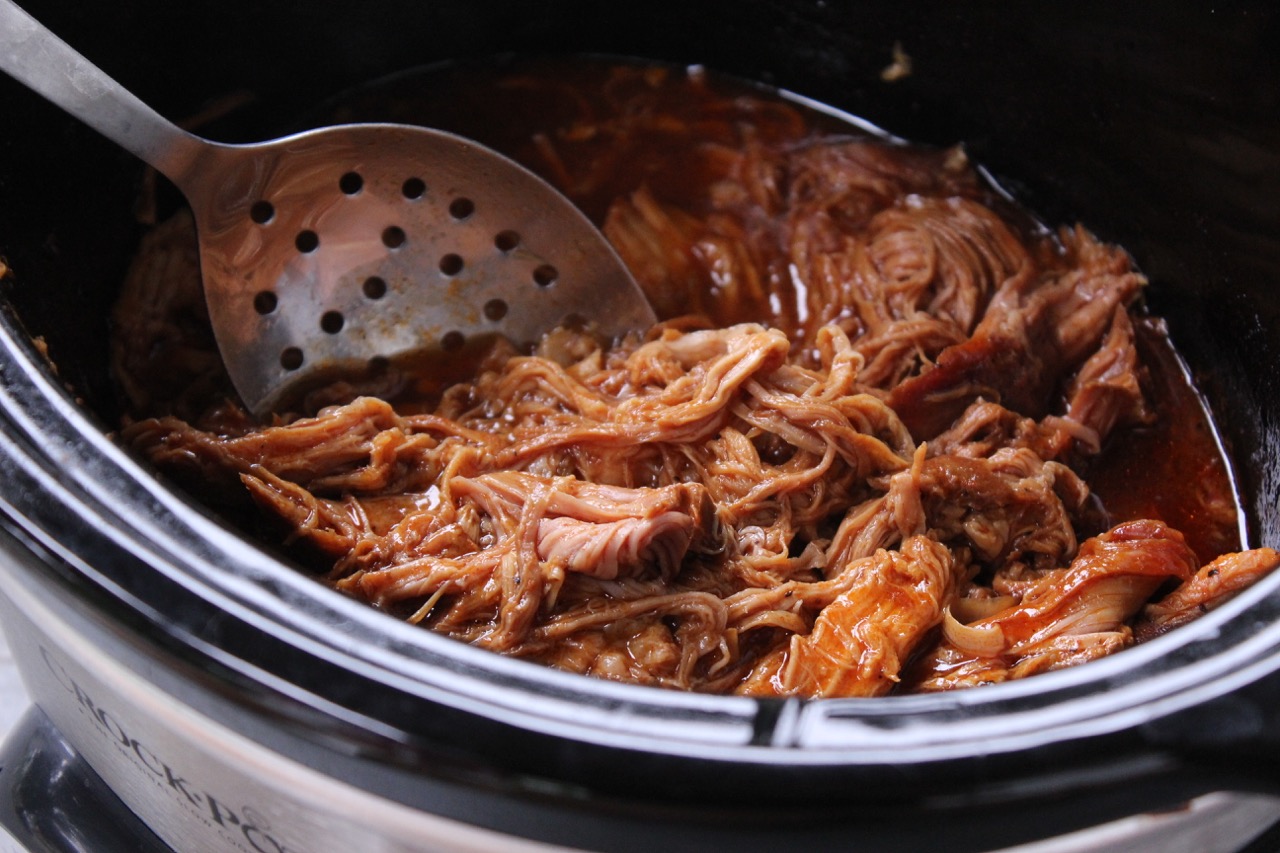Discover the Secrets of Delicious Spanish Bean Recipes
If you are a fan of Mediterranean cuisine, you have probably tasted the delightful flavors of Spanish beans. These nutritious legumes are a staple in Spanish cooking and can be found in a variety of delicious dishes. In this article, we will unlock the secrets of cooking Spanish beans to perfection, so you can recreate the flavors of Spain in your own kitchen.
Choosing the Right Beans
The first step in creating an authentic Spanish bean dish is choosing the right beans. In Spain, you will often find recipes that call for white beans like judiones or fabes. These beans have a creamy texture and absorb the flavors of the dish they are cooked in. If you can’t find these specific varieties, you can also use cannellini beans or navy beans.
Soaking the Beans
Before cooking Spanish beans, it’s important to soak them overnight. This helps to soften the beans and reduce the cooking time. Simply place the dried beans in a bowl, cover them with water, and let them soak for at least 8 hours. Make sure to discard the soaking water and rinse the beans before cooking.
Flavorful Ingredients
Spanish bean dishes are bursting with flavor, thanks to the use of aromatic ingredients. Some essential components of Spanish bean recipes include:
- Onions: Finely chopped onions add a sweet and savory base to the dish.
- Garlic: No Spanish recipe is complete without garlic! It adds a rich depth of flavor to the beans.
- Tomatoes: Fresh or canned tomatoes bring acidity and a hint of sweetness to the dish.
- Paprika: Spanish cuisine is known for its love affair with paprika. Whether you choose sweet or smoked, it adds a distinctive taste.
- Bay leaves: These fragrant leaves infuse the beans with a subtle floral essence.
Cooking Techniques
The cooking techniques used for Spanish bean dishes are relatively simple, but they require patience to achieve the perfect texture and flavor. Here are two popular methods you can try:
- Stovetop Method: After soaking and rinsing the beans, place them in a large pot with enough water to cover them. Add the onions, garlic, tomatoes, paprika, and bay leaves. Bring the mixture to a boil, then reduce the heat and simmer gently for about 1.5 to 2 hours, or until the beans are tender. Remember to stir occasionally and add more water if needed.
- Slow Cooker Method: This method is ideal for busy individuals. Simply combine all the ingredients in a slow cooker and cook on low heat for 6 to 8 hours or on high heat for 3 to 4 hours. The slow-cooked beans will be tender and bursting with flavor.
Serving Suggestions
Once your Spanish beans are cooked to perfection, it’s time to enjoy them! There are several ways you can savor these delicious legumes:
- As a standalone dish, served with crusty bread or rice.
- In stews and soups, adding protein and heartiness.
- As a side dish to complement roasted meats or grilled seafood.
- In salads, mixing them with fresh vegetables and dressing for a nutritious meal.
Now that you have uncovered the secrets of cooking Spanish beans, it’s time to gather the ingredients, roll up your sleeves, and embark on a culinary adventure! With a bit of practice, you’ll be able to recreate the authentic flavors of Spain in your own kitchen. Buen provecho!
Was this page helpful?
Read Next: How To Cook Tofu Without Cornstarch
yunavietnam
FITI - Tạp chí thể thao hàng đầu Việt Nam
